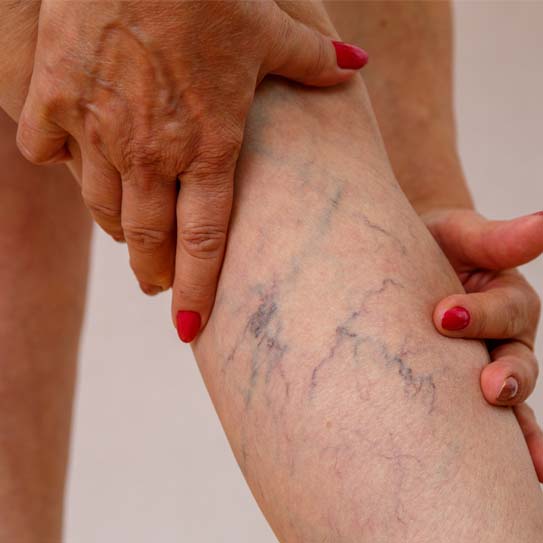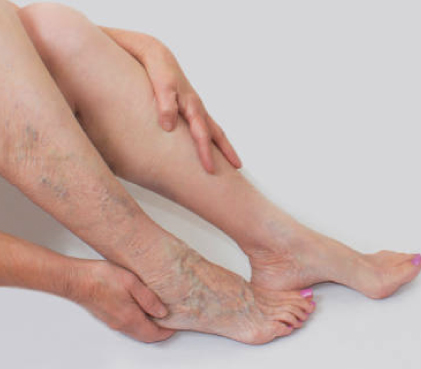
Because of its specific symptoms, such as postnasal drip, face heaviness, discomfort and swelling around the eyes, cheeks, nose, and forehead, blocked nose, etc., sinusitis is typically extremely obvious and simple to diagnose. However, a thorough diagnosis is required to decide on a treatment strategy, particularly if the patient is not significantly improving with medical therapy.
Before the operation, you should speak with your ENT surgeon about your condition to see if you require FESS alone or other procedures like septoplasty, turbinate reduction, etc. for effective long-term treatment
To prepare for sinus surgery and prevent surgical- and post-surgical-related sinus issues, you should adhere to the offered instructions:

What is the safety of functional endoscopic sinus surgery (FESS)?
FESS is a minimally invasive sinus surgery, meaning that just a little amount of tissue is removed. Even in severe situations, Functional Endoscopic Sinus Surgery (FESS) has an 80–90% success rate, and it is widely regarded as a fairly safe surgery even for children.
Is FESS protected by medical insurance?
Most major insurance companies often fund FESS since it is medically required to treat chronic sinusitis. The conditions of the policy, however, determine the scope of the coverage.
Even after FESS, might sinusitis return?
Yes, sinusitis can return even after surgery, although the chances of this happening are extremely low, often less than 4%. Even if a patient develops sinusitis once again, surgery can readily be performed once more to offer relief.
Why would treating my sinusitis need a septoplasty?
When a patient has a deviated nasal septum, septoplasty may be necessary in addition to FESS since this condition causes germs to build up and travel throughout the body, which increases the risk of sinusitis returning following surgery.

Also known as endovenous laser treatment or EVLA, this is a minimally invasive ultrasound-guided procedure that involves the use of ultrasound images and laser fiber in order to kill the delicate lining of the veins. After a few days following the procedure, the body absorbs the dead tissues, closing off the abnormal veins with minimal or no discomfort. This is one of the most commonly preferred methods as it involves far fewer complications, and the recovery time, as well as the success rate of this method, is much faster and higher than that of any surgical process.

Also known as endovenous laser treatment or EVLA, this is a minimally invasive ultrasound-guided procedure that involves the use of ultrasound images and laser fiber in order to kill the delicate lining of the veins. After a few days following the procedure, the body absorbs the dead tissues, closing off the abnormal veins with minimal or no discomfort. This is one of the most commonly preferred methods as it involves far fewer complications, and the recovery time, as well as the success rate of this method, is much faster and higher than that of any surgical process.

Also known as endovenous laser treatment or EVLA, this is a minimally invasive ultrasound-guided procedure that involves the use of ultrasound images and laser fiber in order to kill the delicate lining of the veins. After a few days following the procedure, the body absorbs the dead tissues, closing off the abnormal veins with minimal or no discomfort. This is one of the most commonly preferred methods as it involves far fewer complications, and the recovery time, as well as the success rate of this method, is much faster and higher than that of any surgical process.